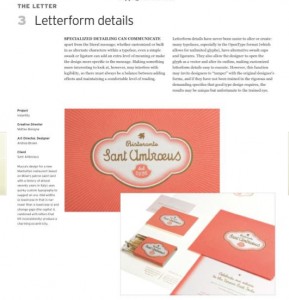Recently I asked several self-publishing companies to send me samples of books they’d produced. I told them I wanted to check the production values of those books–paper quality, binding, cover stock and so forth–before deciding whether to go with their services
This request is clearly not something they’re used to. One company, after expressing minor outrage, sent me a title with a note pointedly asking for its return. Okay.
But the real lesson was how many of these books were poorly designed. And a poorly designed book screams “amateur.”
Here are five faux pas of interior book design–all of which were clearly evident in the collection of books I received. Avoid them!

• Choose a “really cool” font. Make it italic, even.
You’d be surprised how many ways there are to screw up fonts. If you’re not a pro, stick with simple fonts for both body copy and headers. Helvetica. Times New Roman, Gill Sans. These are your friends.
If you’d like to eavesdrop on designers talking about fonts, check out the excellent book Typography Essentials: 100 Design Principles for Working with Type, by Ina Saltz.
• Skimp on page margins.
What is it? Are authors trying to save money? A real tip-off of a book published by an amateur is the size of its page margins. If you need to save money that much, reduce the size of your font, or tighten your leading, or choose a more condensed font–but don’t run those lines out to the edge of each page.
• Start a chapter on a left-hand page.
If the previous chapter ends on a right-hand page, make sure the following left-hand page is a blank. Do not be afraid of white space!
• Run headers throughout.
A header doesn’t belong on a page with a chapter opening. Nor on a page that’s otherwise blank. And it may not be appropriate on a table of contents, acknowledgment page, or about the author page. Pay attention.
• Keep your table of contents simple.
Ah, here’s where you don’t want to be simple. Just listing your chapter titles with a page number is often not the best way to go. Your Table of Contents is your book’s roadmap. If you have subheadings in your chapters, you’ll want to list them here (but a page number for each subheading is unnecessary).
Because book design is so crucial to the acceptability of the book in the marketplace, it’s worth spending time to it. You may even want to forgo those mediocre templates offered by self-publishing companies and hire a professional designer.
